dishwasher
Noise
Click on the Steps below to jump directly to that section:
**NOTICE**
Wiring Colors, Connectors, and Pins will vary by model/product code. Always be sure to download and use the service manual for your specific model.
For Test Mode procedures use this link and input your specific model: https://lgtestmodes.com/
Place in Test Mode
If the noise is made during fill, check the inlet valve, if the noise is during washing check the wash motor, if only in the drain step, replace the drain if it is clear of debris.
Confirm Correct Installation
Check that the tub is level from front to back, remove the lower rack and pour 169 oz. (5 L) of water into the bottom of the tub. The water level should be near the center of both tub lower indentations at the front.
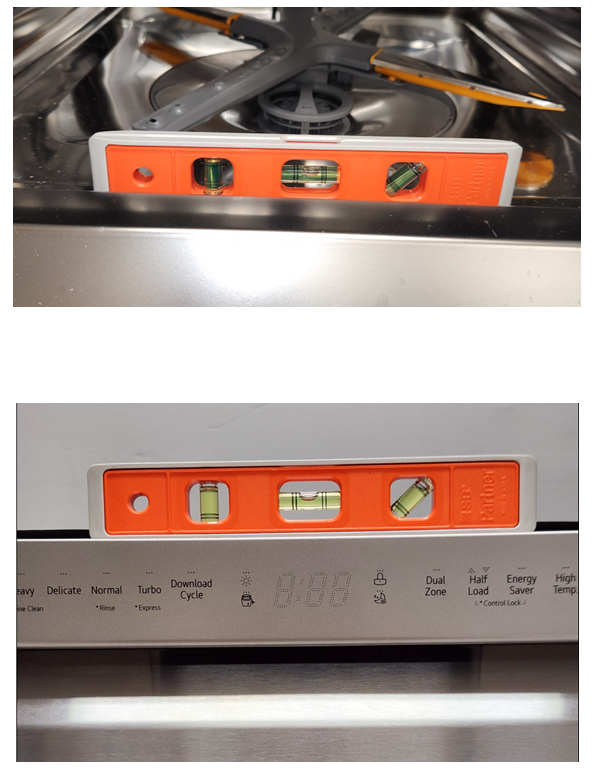
Rattling noises can be caused by improperly loaded dishes or a loose or clogged filter. Ensure the dishwasher is properly loaded. Utensils hanging out of the rack can hit the spray nozzles or other dishes while a cycle is running. Moving dishes around in the racks so they are secure can prevent this from happening.
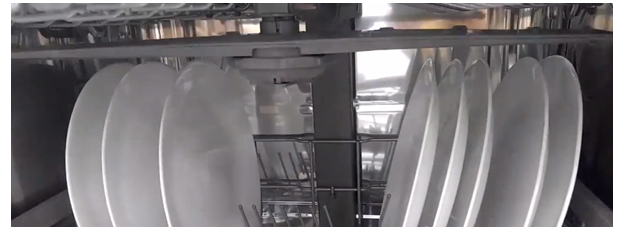
Check the Spray Arm Operation
A loose or damaged spray arm can cause abnormal noises.
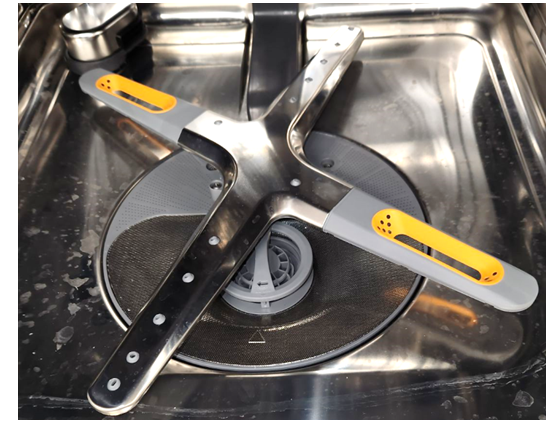
Check the Water Guide assembly.
If the Water Guide assembly is loose it will vibrate causing a knocking sound.
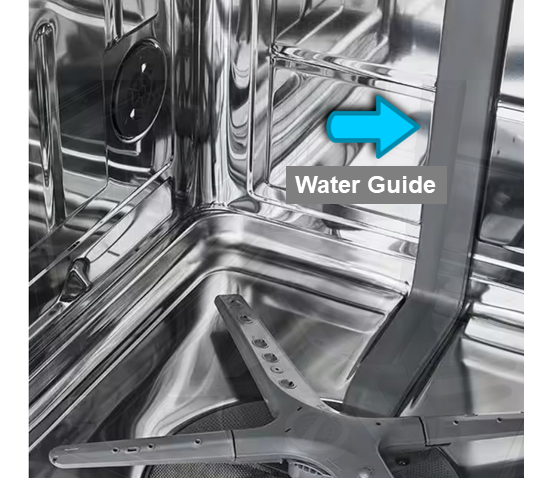
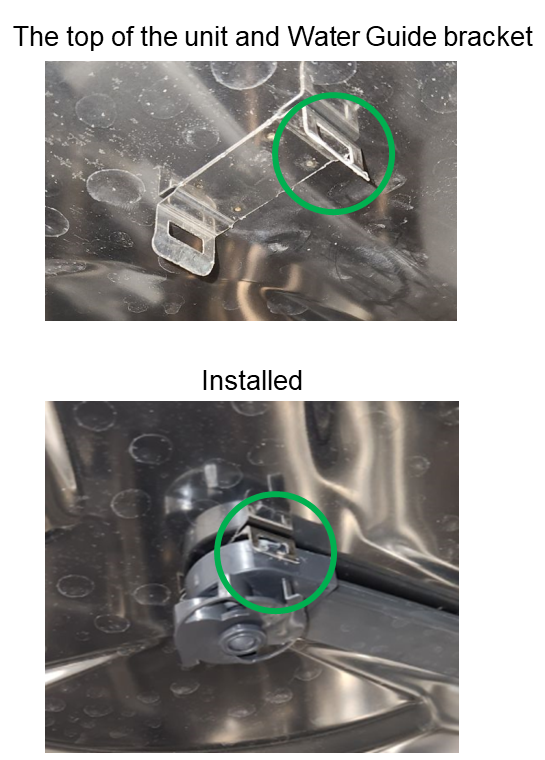
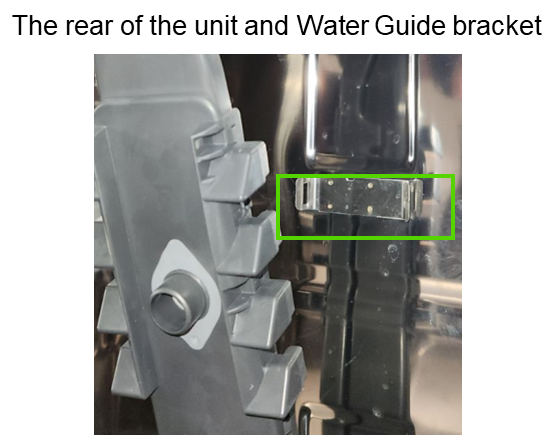
If no abnormal noise is found advised the Customer of normal noises that may be heard.
While LG dishwashers are designed to operate quietly, different noises can occur periodically while the unit is in operation. While some noises can be concerning, most are considered part of normal operation.
Check for Service Bulletins for your specific model.